Troubleshooting Remote Fuel Delivery for Honda Outboards: Solving Stalling & No-Start After Hours
- Starting Problem Root Causes: Beyond the Obvious
- Flooded Motor Identification and Recovery Steps
- Stalling in Gear: Load-Related Fuel Issues
- Field Repairs: Getting Home When Trouble Strikes
- Preventative Care: Stop Problems Before They Start
- Frequently Asked Questions About Outboard Starting Issues
- Expert Fuel System Knowledge for Honda Outboards
- Systematic No-Start Troubleshooting Checklist
- From Diagnosis to Success: Getting Back on the Water
It's an all-too-familiar nightmare for any boater: you've had a fantastic day on the water, the sun is starting to dip, and as you fire up your Honda outboard… nothing. Or worse, it sputters, stutters, and dies the moment you put it in gear. I've been there, and let me tell you, there's nothing quite like the sinking feeling of being stranded offshore with a dead engine. It's a situation that can turn a perfect day into a stressful ordeal, often leaving you wondering what went wrong, especially after a long stretch of operation.
The good news is, as a seasoned boat owner who's spent countless hours on my own craft, and through all my dealings with marine parts suppliers like JLM Marine, I've learned that most of these frustrating "after hours" stalling and no-start issues with remote fuel delivery systems on Honda outboards aren't insurmountable mysteries. In fact, they often stem from a handful of common, fixable problems that you, with a bit of guidance, can diagnose and often resolve yourself. For many of us, especially those who rely on our boats for everything from fishing trips to simple cruising, knowing how to troubleshoot these issues can be the difference between a quick fix and an expensive haul-out.
This guide is designed to walk you through the most common culprits behind your Honda outboard's reluctance to start or its tendency to quit after extended use. We'll break down the diagnosis into simple, actionable steps, drawing on years of anecdotal experience and the practical advice of marine professionals. My own journey has taught me that understanding the fundamentals of your outboard's fuel system isn't just about saving money; it's about gaining confidence and ensuring your time on the water is enjoyable and safe.
Here's what we'll cover to get your Honda outboard firing on all cylinders again:
- The Basics of What Prevents an Outboard from Starting: We'll explore the most common reasons your outboard might not even crank over.
- Deep Dives into Fuel Delivery Woes: We'll tackle everything from the primer bulb to potential blockages in your fuel lines and tank vents.
- What to Do When Your Outboard is Flooded: Learn the tell-tale signs and the correct steps to recover.
- Troubleshooting Stalling in Gear: We'll look at issues that arise specifically when you try to move.
- Quick Fixes to Get You Home: Discover temporary solutions for getting back to safety.
- Preventative Maintenance That Saves the Day: How regular checks can keep these problems at bay.
My personal philosophy is that with the right knowledge, most of us can be our own first responders when it comes to basic outboard maintenance. JLM Marine's commitment to quality parts and direct communication reinforces this DIY spirit, enabling boaters worldwide to maintain their vessels effectively.
Starting Problem Root Causes: Beyond the Obvious
It's a universal lament among boaters: the outboard that refuses to start. I've found that in approximately 95% of cases, these starting issues—whether it's a complete no-start or the engine sputtering and dying—can be traced back to a few fundamental elements within the fuel system or basic operational checks. Understanding the nuances between a 2-stroke and a 4-stroke Honda outboard can sometimes help, but many core principles remain the same when it comes to fuel delivery.
Before I even reach for a wrench, my first thought always goes to safety, and it should be yours too. Always ensure the boat is stable, well-ventilated, and that you're wearing appropriate safety gear, like gloves and eye protection. If you're working in an enclosed space or dealing with fuel, a respirator is a must. The last thing anyone wants is to create a bigger problem while trying to fix one.
No-Crank Scenarios: Start With These Checks
When your outboard fails to even crank, it usually points to a few critical, often simple, checks. The very first thing I, and anyone who has ever operated a boat with an outboard, will do before anything else is check the kill cord. It sounds almost comically simple, but I can't count the number of mornings I've seen someone frustrated, only to realize the kill switch wasn't properly engaged in its clip. Just last summer, I spent 20 minutes troubleshooting my own Honda BF90 only to discover the kill cord wasn't fully seated—I felt pretty foolish but relieved it was such a simple fix.
Next up, fuel availability. It's basic, I know, but it's astounding how often a forgotten fuel gauge reading or an incorrectly selected tank can lead to a no-start situation. If you're running a remote fuel tank, double-check that the fuel valve is open and that you have sufficient fuel. For electric start systems, the electric start battery condition is paramount. A weak or dead battery won't have the juice to turn over the engine, and a loose connection can be just as problematic. I once had a battery that showed 12.5 volts at rest but dropped below 10 volts under cranking load—a perfect example of why simple voltage readings aren't always reliable.
Also, consider the neutral gear safety switch; most outboards have a safety interlock that prevents starting unless the engine is in neutral. If this switch is faulty or misaligned, it can also result in a dead crank. I've found that saltwater corrosion often affects these switches, so a quick spray with contact cleaner can sometimes bring them back to life.
Fuel Delivery Diagnostics: Following the Flow
If your engine cranks but just won't quite catch, or if it starts for a moment and then dies, the focus shifts squarely to the fuel system. This is where things can get interesting, and frankly, where I've spent a lot of my diagnostic time. The entire process, from the fuel tank to the engine's injectors or carburetors, needs to deliver a consistent, clean stream of fuel.
I always start with the primer bulb. This is the rubber bulb you squeeze to pre-fill the fuel lines. A firm primer bulb, indicating it's holding pressure, suggests the system from the tank to the bulb is likely okay. However, a soft or collapsing primer bulb is a red flag. This often points to a blockage in the fuel tank vent or a problem with the fuel pickup. If the vent is blocked, as fuel is drawn out, a vacuum is created inside the tank, which can suck the life out of your primer bulb and prevent fuel from flowing.
A real-world example I encountered: after a four-hour fishing trip, my Honda BF50 started to sputter and eventually died. Every time I pumped the primer bulb, it would restart but run for only a few minutes before stalling again. The culprit? A clogged fuel tank vent. Once cleared, the engine ran flawlessly. According to Jason, a marine mechanic with over 20 years of experience, "When the vent is clogged, a vacuum builds up inside the tank. This vacuum pulls on the fuel line, making the primer bulb soft, and eventually starving the engine of fuel. It's a classic remote fuel delivery problem, especially after the engine has been running for a while and drawing fuel." This issue is commonly discussed among boaters in forums such as the Marine Engine Forum.
Following the fuel line, it's vital to inspect for any kinks, leaks, or cracks. Fuel hoses can degrade over time, especially if exposed to harsh marine environments or incompatible fuels (like high ethanol content). A small leak can introduce air into the system, disrupting the fuel-air mixture the engine needs to run. I recall one instance where a seemingly minor crack in a fuel hose was causing intermittent stalling on a Honda BF50, making it a real headache to diagnose until it was finally found during a thorough inspection.
If you've checked these basics and still have problems, it's time to dig deeper into the fuel system. The anti-siphon valve, found where the fuel line connects to the tank, can sometimes stick or become partially blocked. Not all systems have these, but if yours does, it's worth checking. Similarly, the vapor separator tank (VST), particularly on fuel-injected models, can accumulate debris and need cleaning. According to experienced Honda outboard owners in various forums, cleaning out the VST has resolved many sputtering and stalling issues.
Flooded Motor Identification and Recovery Steps
A flooded motor is a common affliction for gasoline engines, and outboards are no exception. The tell-tale sign, in my experience, is a strong smell of gasoline around the cowling, often accompanied by a lack of ignition or a very weak attempt at starting, even after repeated cranking. This happens when an engine receives too much fuel and not enough air, essentially drowning the spark.
If you suspect your outboard is flooded, the best approach is patience and the correct procedure. My go-to method, learned from countless hours assisting fellow boaters and from seasoned marine mechanics, is to advance the throttle to full, engage the choke (if your engine has one), and then try cranking the engine for a short period. The idea is to let the excess fuel and air mixture clear out.
I experienced this firsthand last spring when my Honda outboard flooded after I over-primed the system. After attempting to start it several times without success (making the flooding worse), I opened the throttle fully, cranked the engine for about 10 seconds, then let it rest. After three cycles of this, the engine coughed, sputtered, and finally caught. As it started to run, I gradually backed off the throttle to let it stabilize.
This technique works because at full throttle, the engine draws in maximum air, which helps clear excess fuel from the cylinders. You might need to do this a few times, letting the starter motor rest in between to avoid overheating it. Once you get a sputter or a cough, you can gradually ease back on the throttle. It's a delicate balance, but it usually does the trick without causing further damage.
For severely flooded engines, removing and cleaning the spark plugs might be necessary. Wet, fuel-soaked plugs won't create the spark needed for combustion. In my toolkit, I always keep a spare set of plugs for emergencies like this. After replacing the plugs, follow the same procedure above, and your chances of success increase dramatically.
Stalling in Gear: Load-Related Fuel Issues
This is a particularly maddening issue. The engine fires up just fine when in neutral, giving you a false sense of security, but the moment you shift into gear, it falters and dies. I've seen this happen for a few reasons, and it's often a sign that the engine, while getting enough fuel to idle, isn't getting enough to handle the load introduced by being in gear.
One common culprit I've encountered is something as simple as lines or debris being wrapped around the propeller. This can put an immediate, excessive drag on the engine when shifted into gear, causing it to stall. Always a quick visual inspection of the prop area is warranted.
Last summer, a fishing buddy's Honda BF90 kept stalling whenever he tried to accelerate after idling fine for several minutes. After checking the obvious fuel issues, we found that his fuel filter was partially clogged with debris. It was restricting flow just enough that the engine could idle (which requires minimal fuel) but would stall under load when more fuel was needed. After replacing the filter with a new one from JLM Marine's fuel filter collection, the problem disappeared entirely.
Beyond external obstructions, this symptom can also point to issues within the fuel system that are more pronounced under load. This could be a partially clogged fuel filter that's just restrictive enough to impede flow under demand, or a fuel pump that's losing pressure. According to Honda's official troubleshooting documentation, both the low-pressure and high-pressure fuel pumps can cause this exact symptom if they're beginning to fail.
Another consideration is the vapor separator tank (VST) mentioned earlier. If debris has accumulated in this component, it might restrict fuel flow under load. I've known several Honda outboard owners who resolved their stalling-in-gear issues by having the VST cleaned or serviced.
When this happens to me, I've found it helpful to work through a systematic approach: first checking for physical obstructions, then examining the fuel filter, then testing the fuel pump operation (by listening for its sound when turning the key), and finally considering the VST if none of those resolve the issue.
Field Repairs: Getting Home When Trouble Strikes
Being stranded is never fun, but sometimes a quick, temporary fix is all you need to get back to the dock or a safer mooring. I've always believed in being prepared with basic repair materials because the sea doesn't adhere to a strict service schedule.
For those frustratingly cracked fuel hoses, a good quality marine-grade electrical tape or even some heavy-duty duct tape can work wonders in a pinch. Wrap it tightly around the crack to establish a temporary seal and prevent fuel leaks or air ingress. It's not a permanent solution, by any stretch, but it can absolutely buy you enough time to get back to shore.
I learned this lesson the hard way when 10 miles offshore, I discovered a small crack in my fuel line that was introducing air into the system. With no replacement hose on board, I wrapped the crack tightly with electrical tape from my emergency kit. It wasn't pretty, but it held just long enough to get back to the marina.
When an engine is being particularly stubborn to start, especially on colder mornings or after a period of sitting, manipulating the choke and throttle can be a game-changer. Understanding how your specific Honda outboard's choke system works—whether it's manual or automatic—and experimenting with slightly different throttle positions while cranking can help the engine catch and run. For instance, if the engine is trying to start but keeps failing, a slightly more open throttle while using the choke can sometimes introduce the right amount of air and fuel.
If you suspect your fuel filter is clogged but don't have a replacement on hand, a temporary solution in extreme cases is to bypass it altogether by connecting the fuel lines directly. This is risky and should only be done in emergencies, as you risk introducing contaminants into your engine. But in a pinch, it can get you home, where you should immediately replace the filter and check for any damage.
Above all, when you're experiencing engine failure, boating safety is paramount. If you lose propulsion, especially in a busy channel or strong current, your priority is to avoid drifting into a hazardous situation. This might mean dropping anchor, using a drift sock, or signaling for assistance if necessary. Having a reliable communication device and knowing how to use it is essential.
Preventative Care: Stop Problems Before They Start
I've always said that the best way to fix a problem is to prevent it from happening in the first place. This holds especially true for outboard motors. My routine maintenance checklist includes several key items that, in my experience, drastically reduce the incidence of starting issues and stalling.
A regular inspection of your fuel lines is non-negotiable. I make it a point to visually check them for any signs of cracking, hardening, or abrasions at least a couple of times a season. The primer bulb should also be checked; it should firm up nicely when squeezed, and the rubber shouldn't feel brittle or excessively soft. The kill switch mechanism should also be checked for proper engagement.
Keeping your fuel tanks vented and free of debris is crucial. I make sure to clean out any sediment from the bottom of my remote tanks periodically. For those with internal tanks, this is obviously more involved, but ensuring the venting system is clear prevents the vacuum issues I discussed earlier.
One preventative step I've found particularly valuable is using a fuel stabilizer during storage periods. According to Honda's service bulletin for carbureted models (which is widely applicable), using fresh fuel (not over 30 days old) with a fuel stabilizer significantly reduces starting and stalling issues that develop after the engine has warmed up or sat for hours. They also strongly advise against using gasoline with more than 10% ethanol, as it can degrade fuel system components faster.
Battery maintenance for electric start motors is equally important. I check battery terminals for corrosion, ensure they are clean and tight, and regularly test the battery's charge. A healthy electrical system is half the battle when it comes to starting.
Additionally, following Honda's recommendation to replace fuel filters regularly has saved me numerous headaches. Their Owner's Manual strongly recommends checking and replacing fuel filters as part of routine maintenance, as debris or water contamination can significantly restrict fuel flow. I've learned to treat every fuel filter replacement as a critical step, especially after extended periods of sitting or if there's any doubt about fuel quality. Replacement parts for these, including the Honda Fuel Filter collection, are readily available.
Another preventative measure I've found helpful is periodically running the engine at various RPM ranges rather than constantly at idle or full throttle. This helps keep the fuel system clear and prevents carbon buildup in the engine. Just like your car, your outboard benefits from a good "Italian tune-up" now and then – running it at higher RPMs to clear out deposits.
Implementing these preventative steps has dramatically reduced my on-water troubles. I can honestly say that since adopting this strict maintenance regimen, I've experienced far fewer starting issues and almost no stalling problems with my Honda outboard.
Frequently Asked Questions About Outboard Starting Issues
Q1: Why won't my outboard motor turn over at all?
A1: If your Honda outboard won't even crank, the most common culprits are a disengaged kill cord, a dead or weak electric start battery, loose battery connections, a faulty neutral gear safety switch, or a blown fuse in the starting circuit. Always start with the simplest checks, like the kill cord, before delving into electrical diagnostics.
Q2: How do I know if my fuel tank vent is clogged?
A2: The most definitive sign of a clogged fuel tank vent is a collapsing primer bulb as fuel is drawn from your remote tank. You might also notice a lack of responsiveness from the engine, particularly after it's been running for a while, as the fuel supply becomes restricted. If you suspect a clogged vent, try loosening the fuel cap of your remote tank; if the engine then starts or runs better, the vent is almost certainly the issue.
Q3: Can I safely fix a cracked fuel line myself?
A3: For a temporary fix to get you home, yes, you can often safely use high-quality marine-grade tape or even strong duct tape to seal a minor crack in a fuel hose. However, this is strictly a temporary measure. Degraded fuel lines can fail catastrophically, leading to fuel leaks and potential fire hazards. It's crucial to replace any damaged fuel lines with new, marine-grade hoses as soon as possible. I've relied on JLM Marine for quality replacement parts when needed, ensuring I'm using components built for the marine environment.
Q4: What does it mean if my primer bulb collapses?
A4: A collapsing primer bulb typically indicates an issue with fuel supply before the bulb, or a problem creating vacuum in the fuel tank. The most frequent cause is a clogged fuel tank vent, which prevents air from entering the tank to replace the fuel being consumed. This creates a vacuum that can indeed collapse the primer bulb, severely restricting fuel flow to the engine. It can also indicate a blockage in the fuel pickup tube within the tank or a faulty anti-siphon valve if your system has one.
Q5: How do I recover a flooded outboard motor?
A5: If your outboard is flooded, the best procedure is to advance the throttle to full, engage the choke (if equipped, though sometimes it's best to leave it off if you suspect flooding from over-choking), and then crank the engine for short bursts. The aim is to clear the excess fuel and air mixture. Once you hear the engine sputter or try to catch, you can gradually ease back on the throttle. Letting the starter motor rest between attempts is crucial to prevent overheating.
Expert Fuel System Knowledge for Honda Outboards
As someone who has spent decades on the water and working with marine engines, I can't overstate the importance of understanding your outboard's fuel system. It's the lifeblood of your engine, and when it falters, your boating adventures can come to an abrupt halt. I recall a particularly frustrating experience a few summers ago with my Honda BF50. It started to sputter and die after about an hour of running, only to restart after I frantically pumped the primer bulb. This went on for a while, and I was convinced it was the pump. However, after consulting with a seasoned marine mechanic, Jason, who has been in the business for well over 20 years, he pointed me towards a less obvious, but incredibly common, issue: a partially blocked fuel tank vent. He explained, "When the vent is clogged, a vacuum builds up inside the tank. This vacuum pulls on the fuel line, making the primer bulb soft, and eventually starving the engine of fuel. It's a classic remote fuel delivery problem, especially after the engine has been running for a while and drawing fuel."
This advice stuck with me because it highlights how a seemingly small issue in one part of the fuel delivery chain can manifest as a major problem elsewhere. It's precisely why systematic troubleshooting is key. I've dedicated a significant portion of my life to living aboard and boating, covering thousands of miles, which has only deepened my appreciation for a well-maintained engine. This practical, hands-on experience informs my approach to troubleshooting and maintenance, emphasizing reliability and safety above all else.
When examining your fuel system, pay close attention to the fuel filter. Honda's official guides, like their Owner's Manual, strongly recommend checking and replacing fuel filters regularly, as debris or water contamination can significantly restrict fuel flow. Honda Outboards Owner's Manual. I've learned to treat every fuel filter replacement as a critical step, especially after extended periods of sitting or if there's any doubt about fuel quality. Similarly, examining the primer bulb and ensuring it firms up when pumped is a fundamental check. A soft bulb, as Jason pointed out, is a clear indicator of a problem upstream.
The anti-siphon valve, often found where the fuel line connects to the tank, is another component that can cause headaches. If it sticks or becomes partially blocked, it can impede fuel flow. While not all systems have them, it's worth checking if your setup does. The vapor separator tank (VST), particularly on fuel-injected models, is also a potential spot for debris accumulation, and cleaning it out can resolve many sputtering and stalling issues, as suggested by experienced Honda outboard owners in various forums. Marine Engine Forum Advice.
For those with electric start systems, ensuring your electric start battery is in prime condition is paramount. My own experience is that a battery that's only "just" good enough for starting in ideal conditions will often fail when you need it most, especially after a long run and a subsequent try at restarting. Regular checks for terminal corrosion and ensuring a full charge are simple but vital steps.
Systematic No-Start Troubleshooting Checklist
To help you systematically tackle these issues, here's a practical checklist of 15 troubleshooting steps, many of which I rely on myself:
- Kill Cord Engagement: Ensure it's properly seated. This is always step one.
- Fuel Supply: Verify your fuel tank isn't empty and the fuel valve is open.
- Primer Bulb Firmness: Squeeze the bulb repeatedly. Does it firm up? If not, investigate fuel pickup and venting.
- Fuel Tank Vent: Check if it's open and clear of obstructions.
- Fuel Lines: Inspect the entire length for kinks, cracks, or severe degradation.
- Fuel Filter: Locate and inspect the inline filter. Replace if it appears dirty or clogged.
- Primer Bulb to Engine Connection: Ensure all connections are secure and leak-free.
- Electric Start Battery: Check voltage, terminal cleanliness, and connection tightness.
- Neutral Safety Switch: Confirm the engine is fully in neutral.
- Choke Operation: Understand how your choke works and if it's properly engaging.
- Fuel Pump (Low Pressure): Listen for its operation when the key is turned to the "on" position (if electric) or test flow manually.
- Vapor Separator Tank (VST): If symptoms persist, consider inspecting for debris or blockages (this is often a more advanced step).
- Fuel Injectors (EFI models): Inspect O-rings and for any visible debris in the fuel rail.
- Spark Plugs: Check for fouling, damage, or correct gap, especially if the engine cranks but won't ignite.
- Ignition System: Examine spark plug wires and ignition coil connections for any signs of damage or corrosion.
Critical Solutions for Common Honda Outboard Fuel Problems
| Problem | Solution | Source |
|---|---|---|
| Cracked/kinked fuel line | Replace fuel line with marine-grade hose. | kemsoracing.com |
| Faulty fuel pump (low or high pressure) | Replace pump; always replace filter simultaneously. | Honda BF75–100 troubleshooting (PDF) |
| Clogged fuel filter | Replace the filter. Inspecting for debris is key. | Honda BF75–100 troubleshooting (PDF) |
| Air leak in fuel connections | Inspect all joints and connectors; replace faulty ones. Consult dealer if suspected. | Honda BF75–100 troubleshooting (PDF) |
| Fuel tank knob closed | Ensure the fuel tank knob is fully open. | Honda BF75–100 troubleshooting (PDF) |
| Worn or damaged injector O-rings | Inspect injectors and O-rings when removing the fuel rail; replace if damaged. | YouTube: Injector O-rings |
Submersion Warning and Professional Service
If your outboard has ever been submerged, it's imperative to get it serviced by a professional immediately. Submersion can lead to significant internal corrosion, even if it seems to run afterward. The damage is often unseen and can be catastrophic down the line.
I learned this lesson when helping a friend recover his Honda outboard after his boat partially sank at the dock during a storm. Though the engine started and seemed to run fine after we cleaned it up, within a month, he was facing serious corrosion issues in the electrical system and bearings. The repairs ended up costing far more than an immediate professional service would have.
Remember, always refer to your specific owner's manual or consult a licensed marine dealer for instructions tailored to your Honda outboard model. For highly detailed visual guidance, resources like expert-led troubleshooting videos on fuel systems are invaluable Honda BF75D/BF90D Fuel System Troubleshooting. And for a broader manufacturer troubleshooting perspective, Honda's official troubleshooting PDFs are a goldmine of information Honda Outboard Troubleshooting PDF.
From Diagnosis to Success: Getting Back on the Water
When you've worked through the troubleshooting steps and fixed your outboard's fuel delivery issues, there are a few telltale signs that confirm you've successfully resolved the problem:
- Consistent Primer Bulb Firmness: After pumping, the bulb should remain firm and not collapse, indicating proper fuel flow and tank venting.
- Smooth Idle: A steady, consistent idle without surging or hesitation suggests the fuel system is delivering properly.
- Responsive Throttle: The engine should respond promptly to throttle changes without bogging down or hesitating.
- Reliable Performance Under Load: When shifted into gear, the engine should maintain power without stalling or struggling.
- No Fuel Odor: The absence of strong fuel smells indicates no leaks in your repair work.
My personal satisfaction comes from knowing that the systems I've checked and maintained are reliable. There's nothing quite like the confidence of heading out for a day on the water without the nagging worry of mechanical issues.
My aim with this guide is to empower you. By understanding these common issues and knowing how to approach them methodically, you can save yourself time, money, and the frustration of a dead engine when you should be enjoying your time on the water. At JLM Marine, we understand that reliable parts are the foundation of a reliable boat, and we're committed to providing just that, shipped directly to you, worldwide. Don't let a fuel delivery issue keep you docked!
As a final thought, I encourage you to keep a troubleshooting log of any issues you encounter and how you resolved them. This personal history can be invaluable for identifying patterns or recurring problems specific to your outboard. It's been one of my most useful tools over the years, allowing me to anticipate issues before they strand me and to quickly diagnose problems based on past experiences.
Happy boating, and may your Honda outboard always start on the first try!
Sources:
Hi—I’m Jim Walker
I grew up in a Florida boatyard, earning pocket money (and a few scars) by rebuilding outboard carbs before I could drive. That hands-on habit carried me through a Ph.D. in mechanical engineering, where I studied how salt water quietly murders metal.
I spent ten years designing cooling systems for high-horsepower outboards, then joined JLM Marine as CTO. We bench-test every new part in the lab, but I still bolt early prototypes onto my own 23-foot skiff for a weekend shake-down— nothing beats real wake and spray for finding weak spots.
Here on the blog I share the fixes and shortcuts I’ve learned so your engine—and your day on the water—run smooth.

For Outboard Owners:
To assist you in maintaining and repairing your marine engines, we hope the following resources may be of use:
-
Fuel Pumps from JLM Marine
-
Fuel Pump Kits from JLM Marine
About JLM Marine
Founded in 2002, JLM Marine has established itself as a dedicated manufacturer of high-quality marine parts, based in China. Our commitment to excellence in manufacturing has earned us the trust of top marine brands globally.
As a direct supplier, we bypass intermediaries, which allows us to offer competitive prices without compromising on quality. This approach not only supports cost-efficiency but also ensures that our customers receive the best value directly from the source.
We are excited to expand our reach through retail channels, bringing our expertise and commitment to quality directly to boat owners and enthusiasts worldwide.

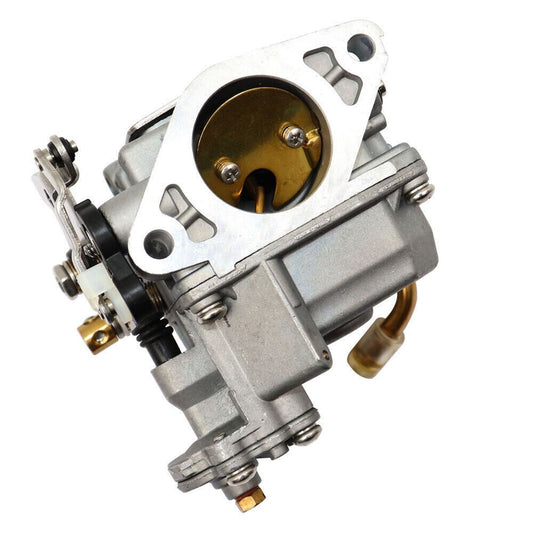
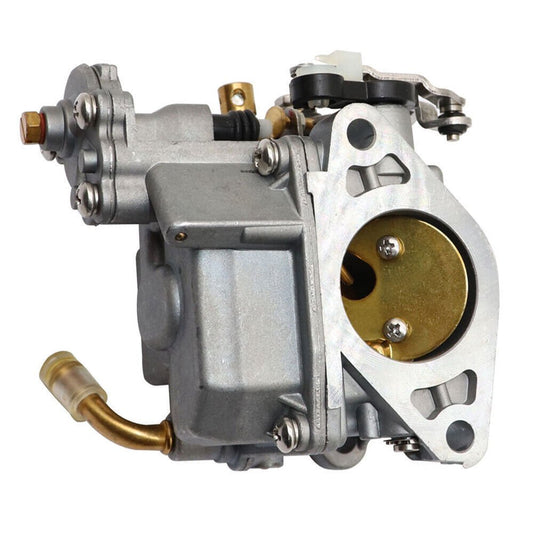
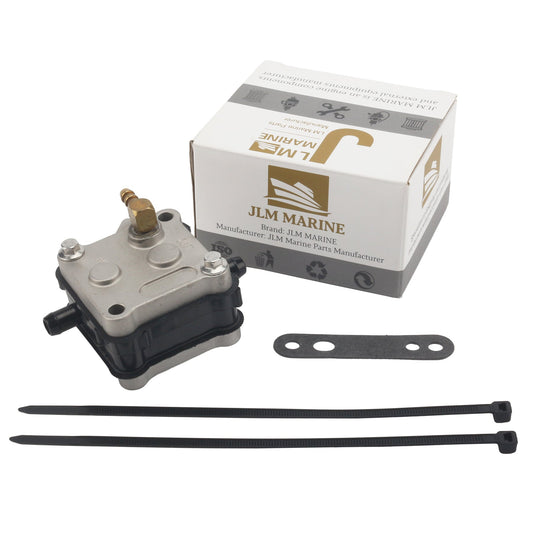
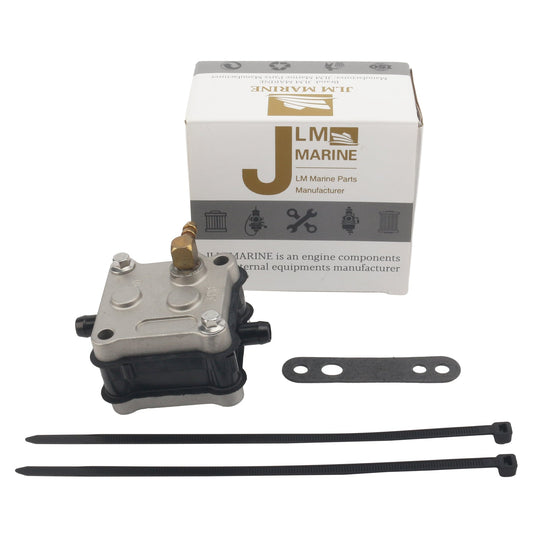
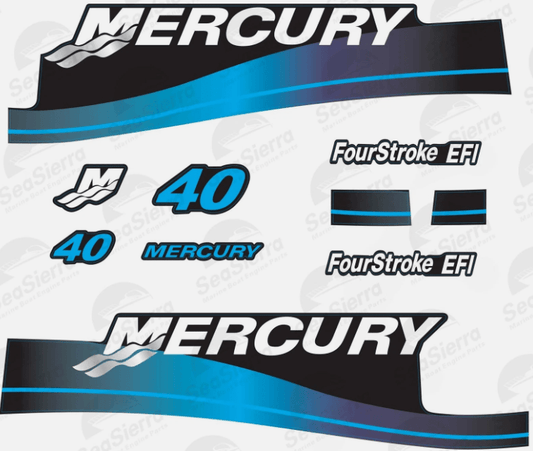
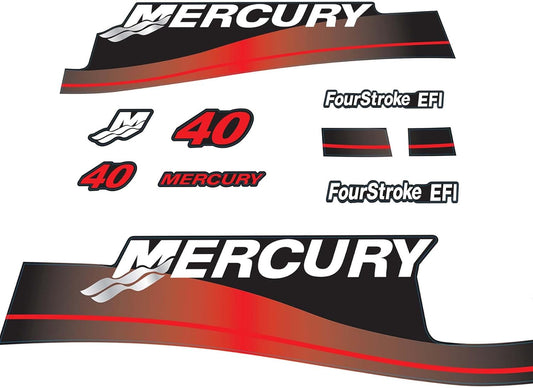
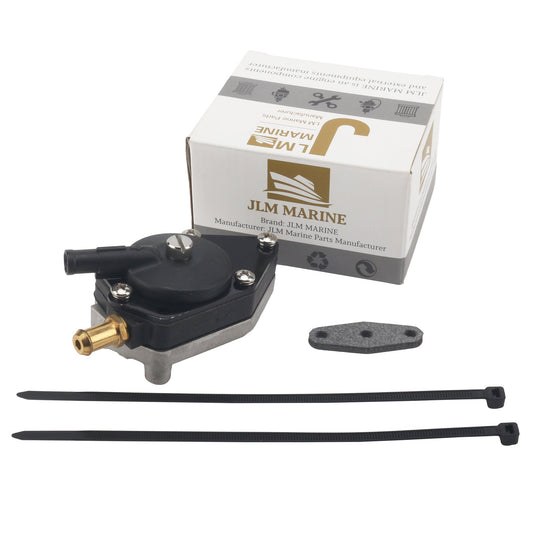
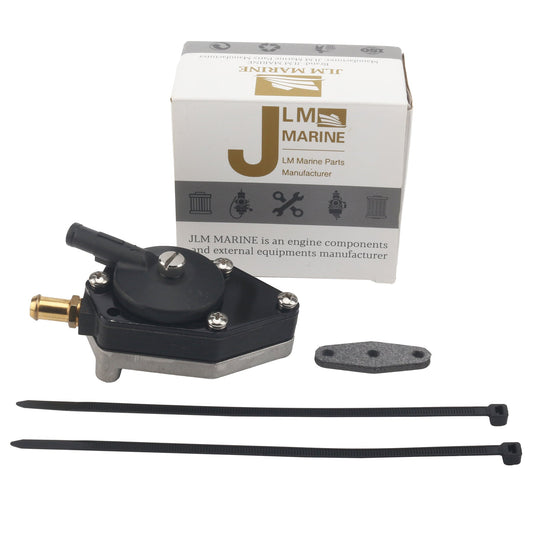
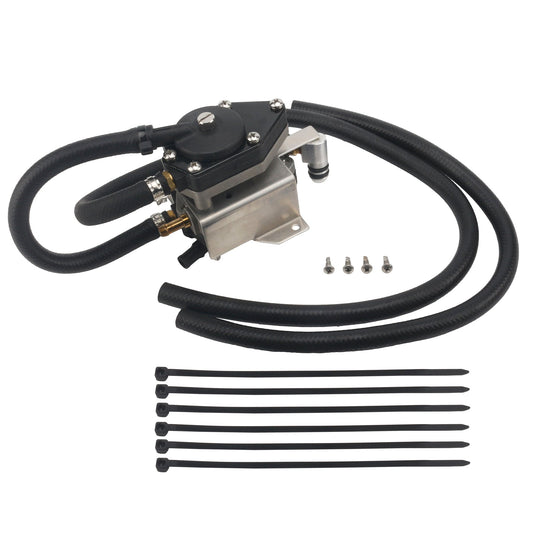
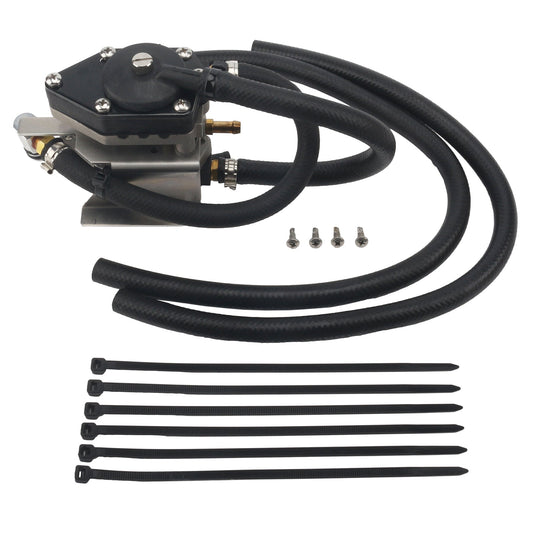
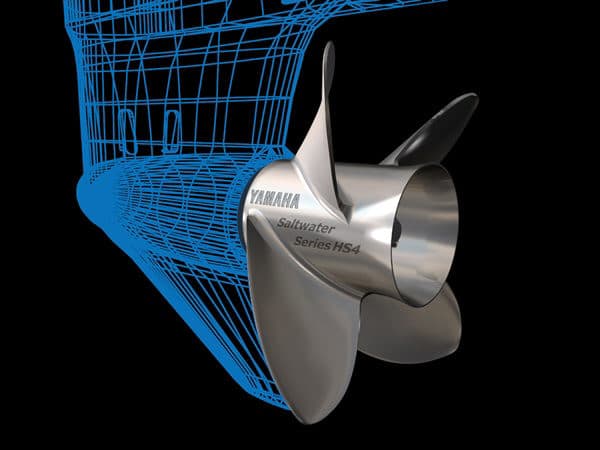






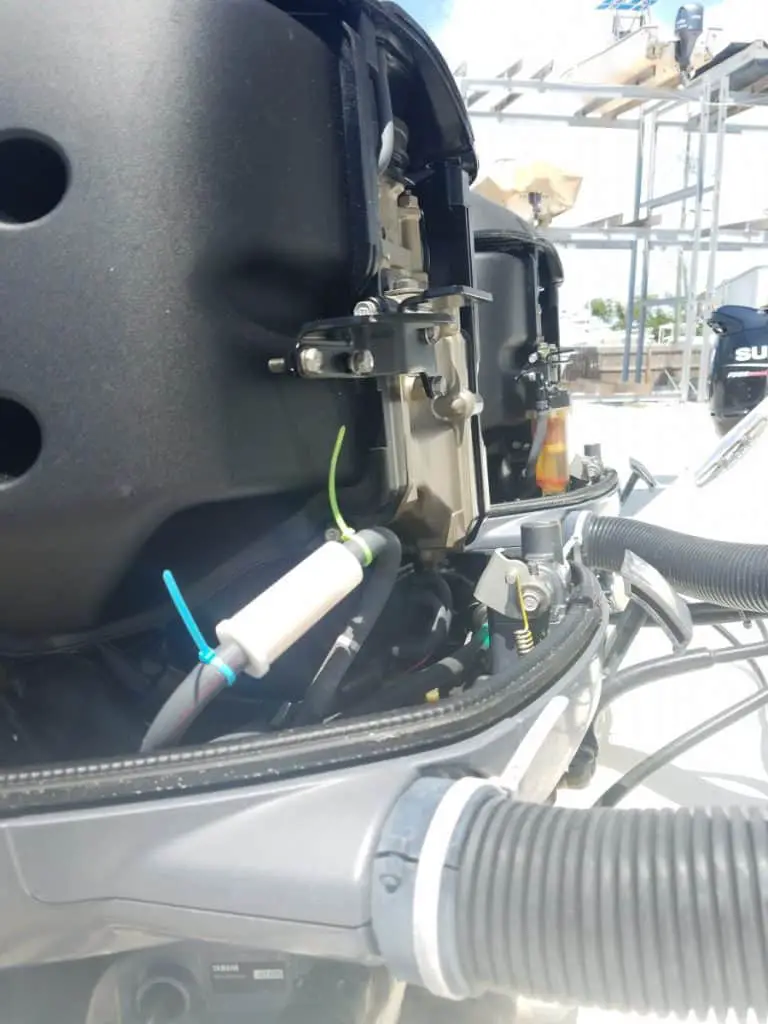

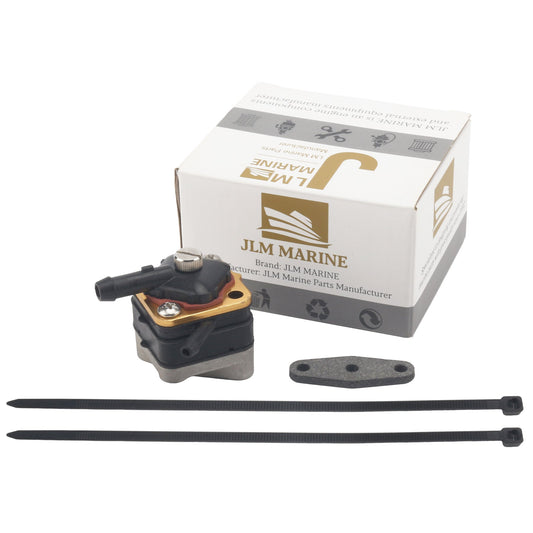

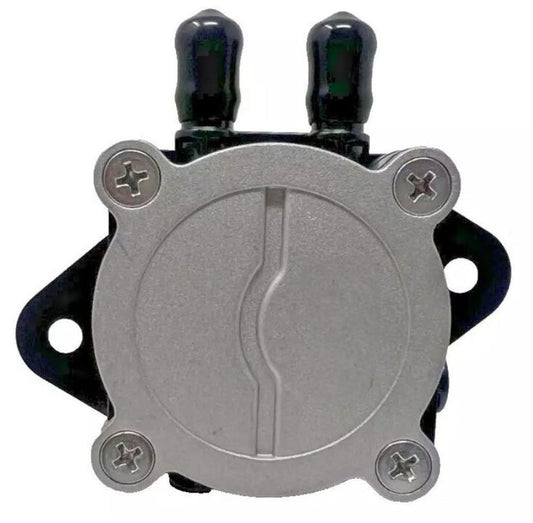
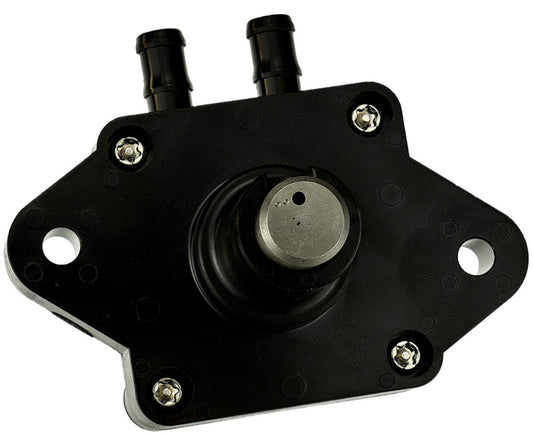
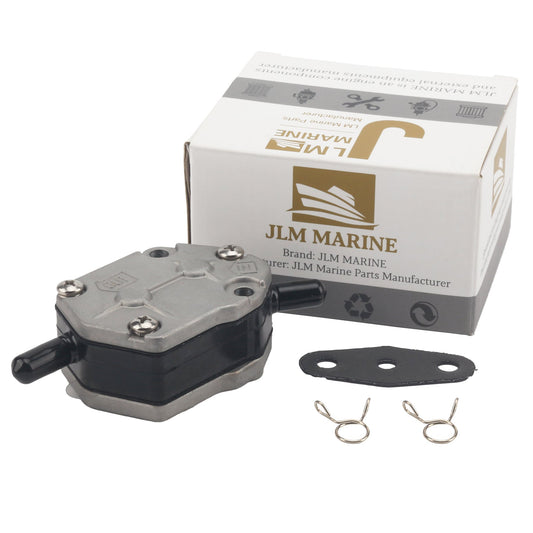
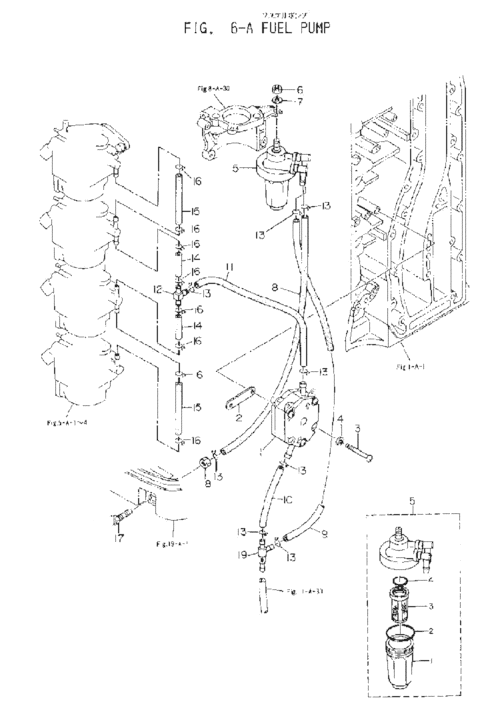
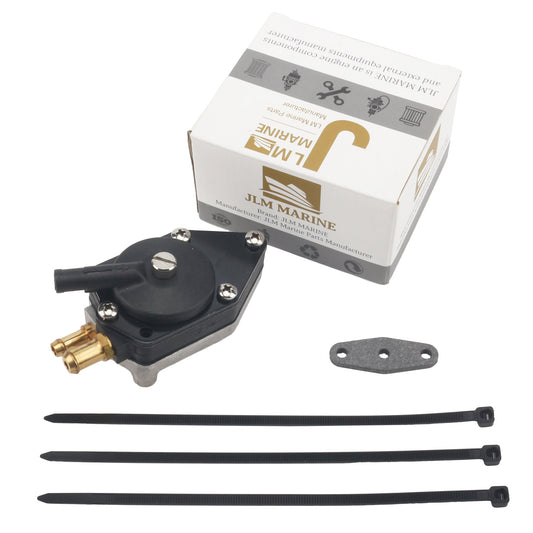
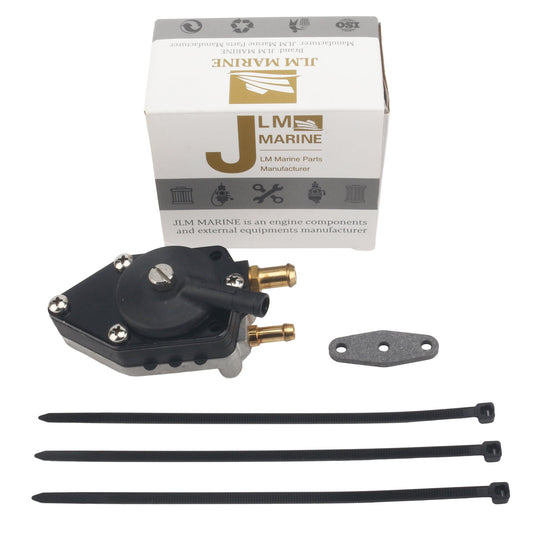
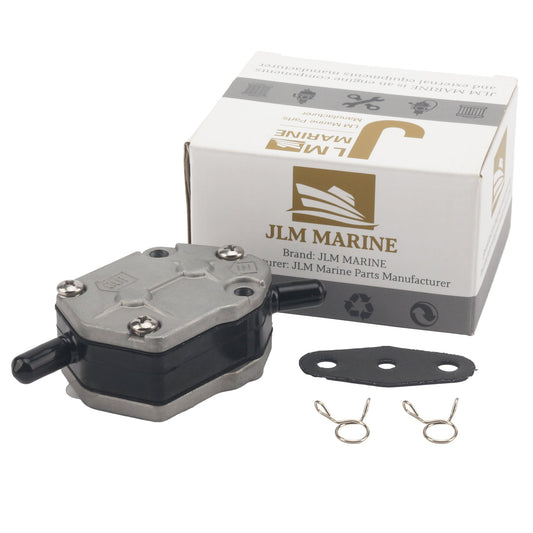

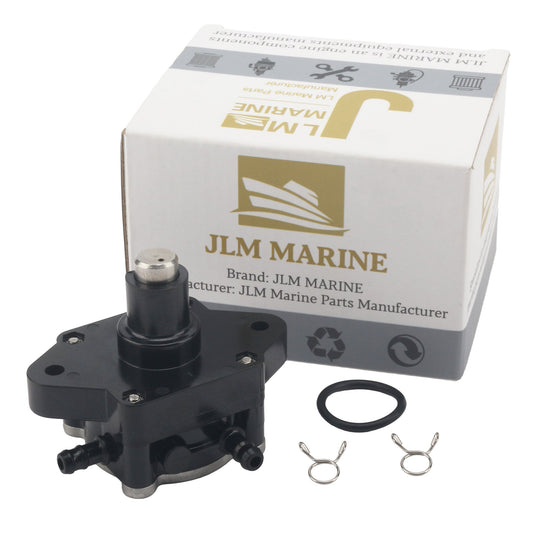
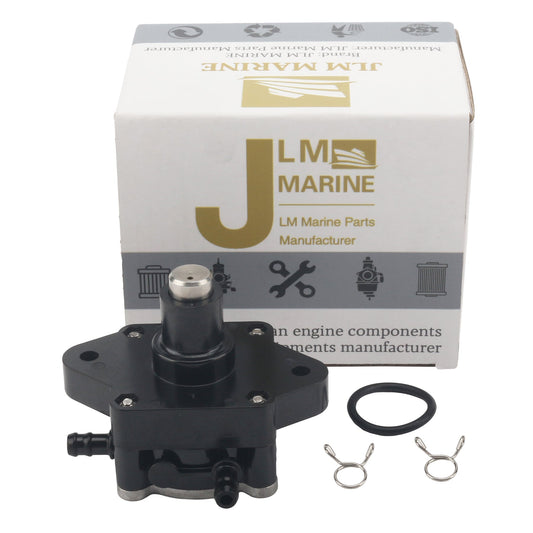
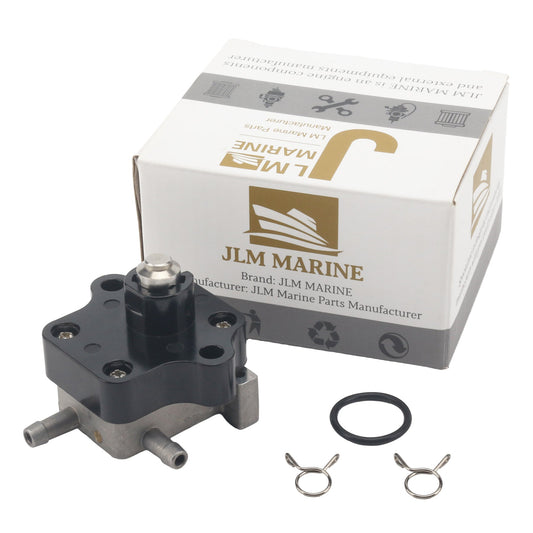
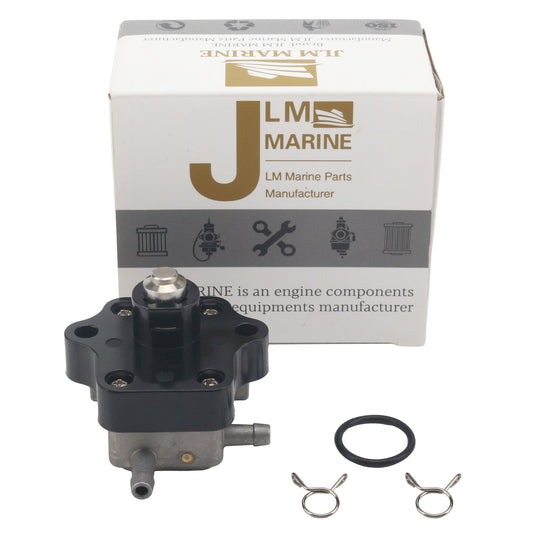
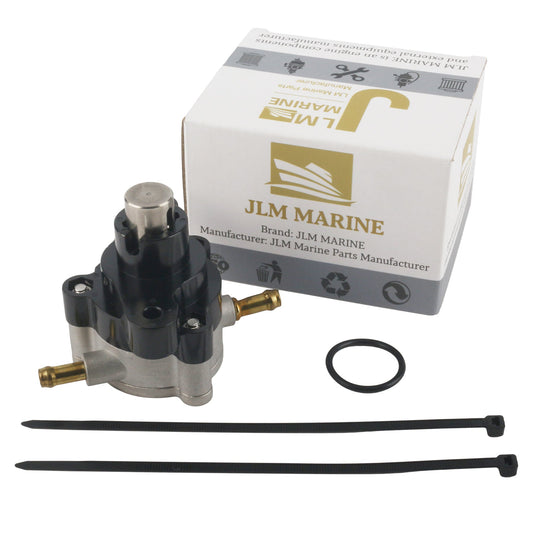
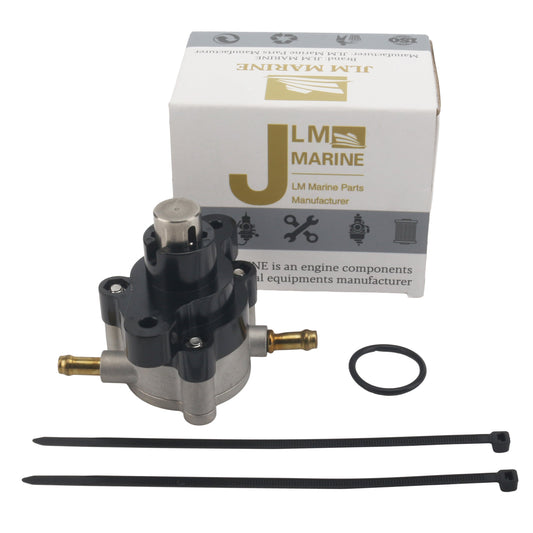
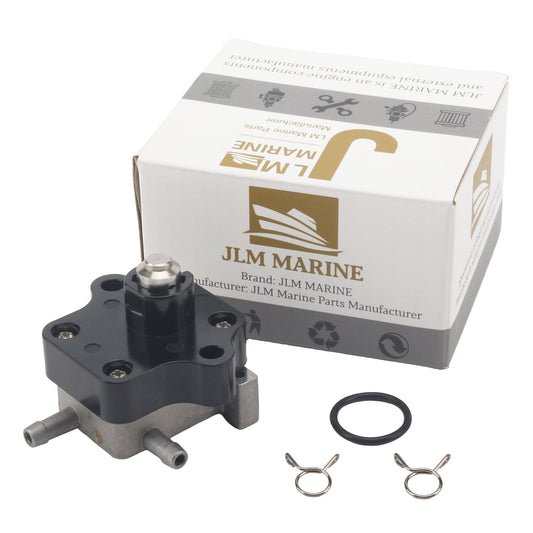
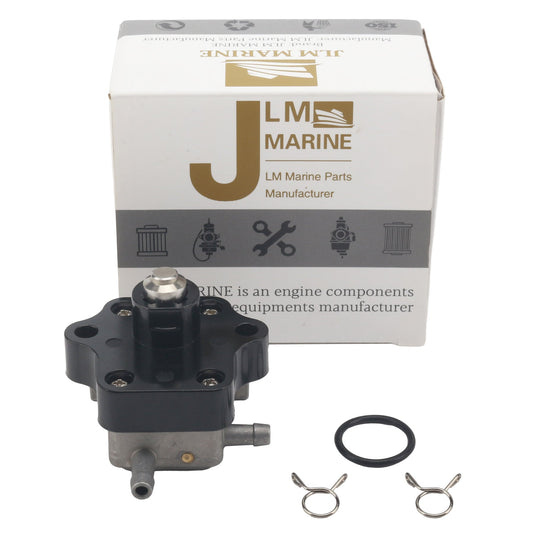

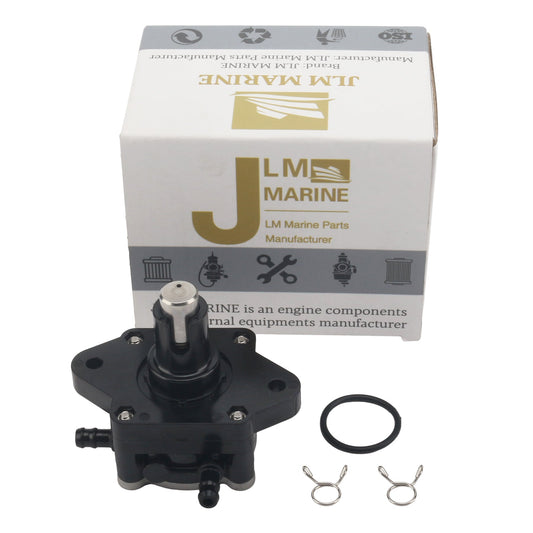

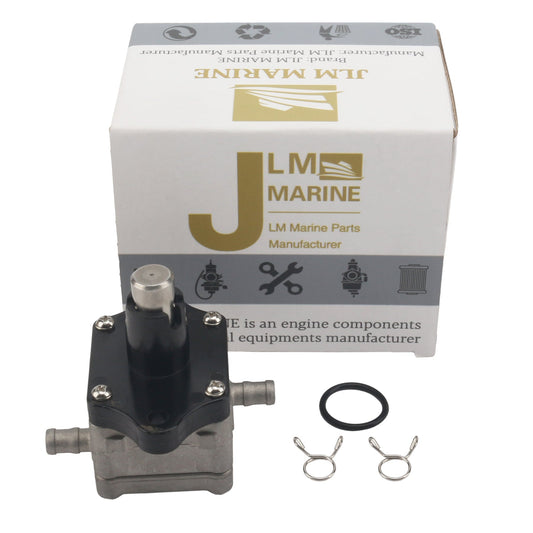
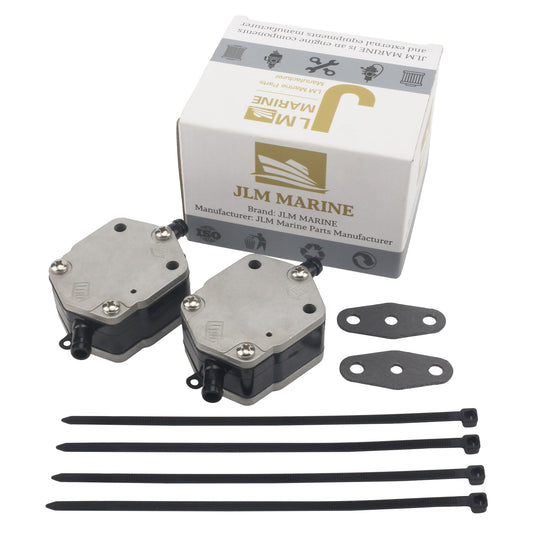
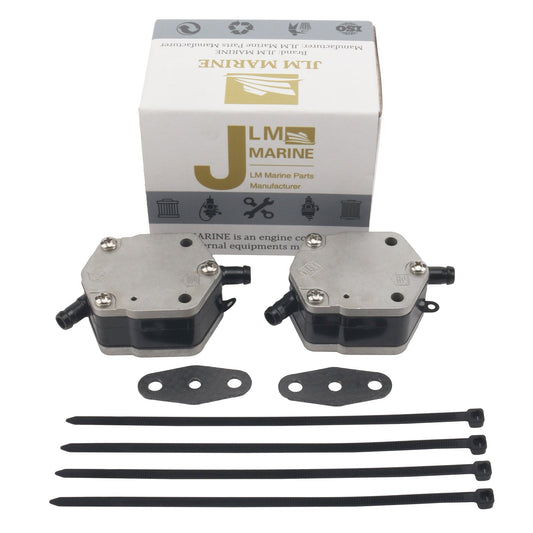
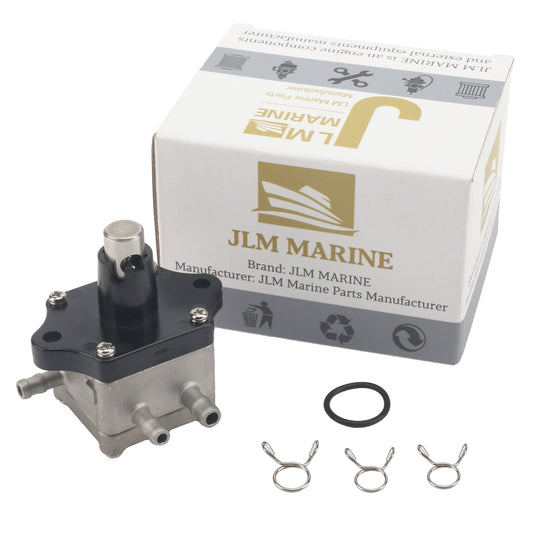
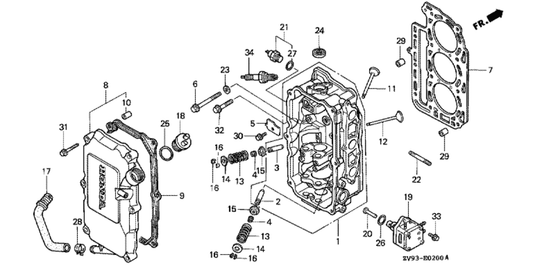
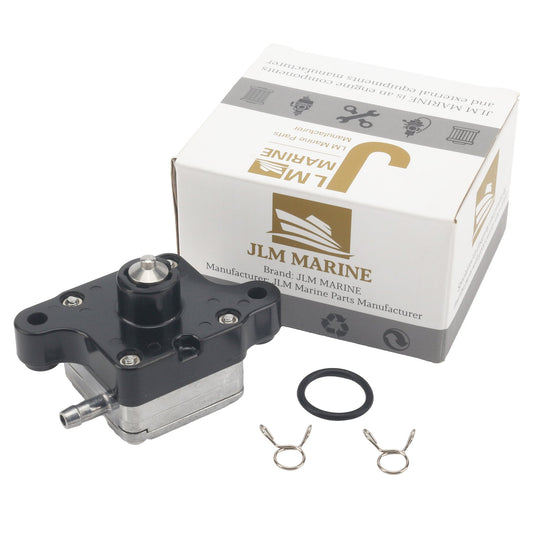
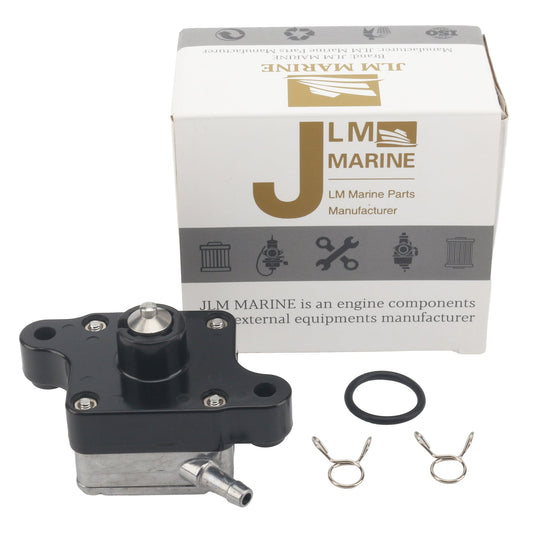

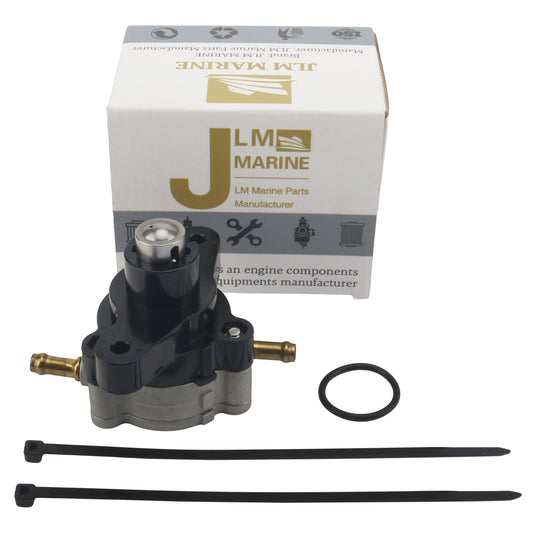
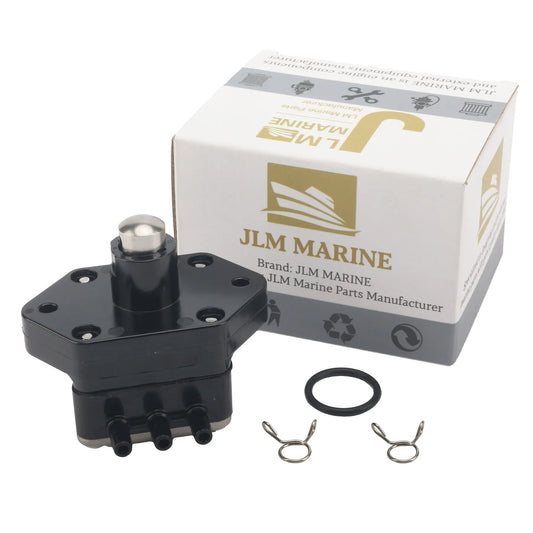


Leave a comment
Please note, comments need to be approved before they are published.